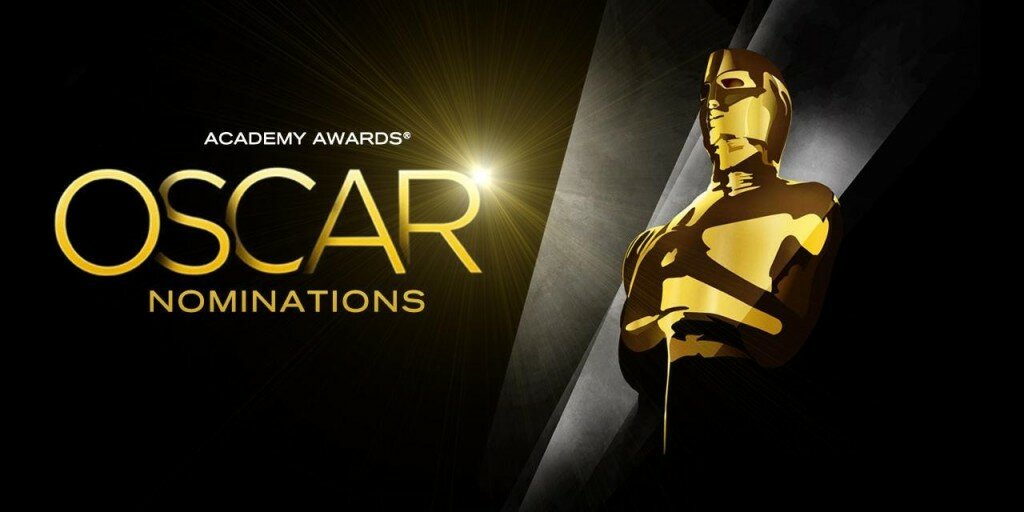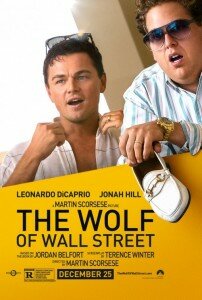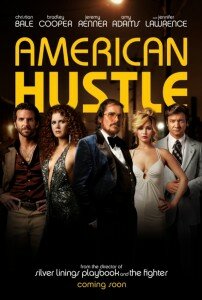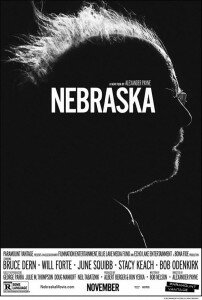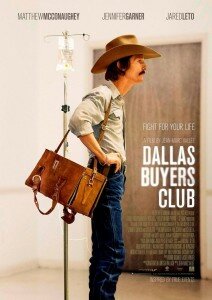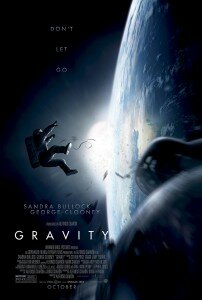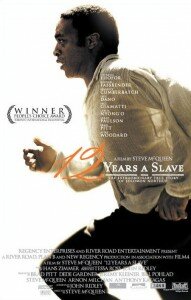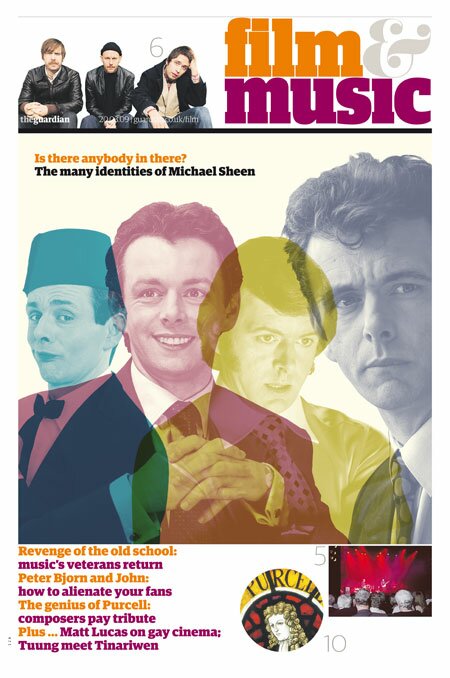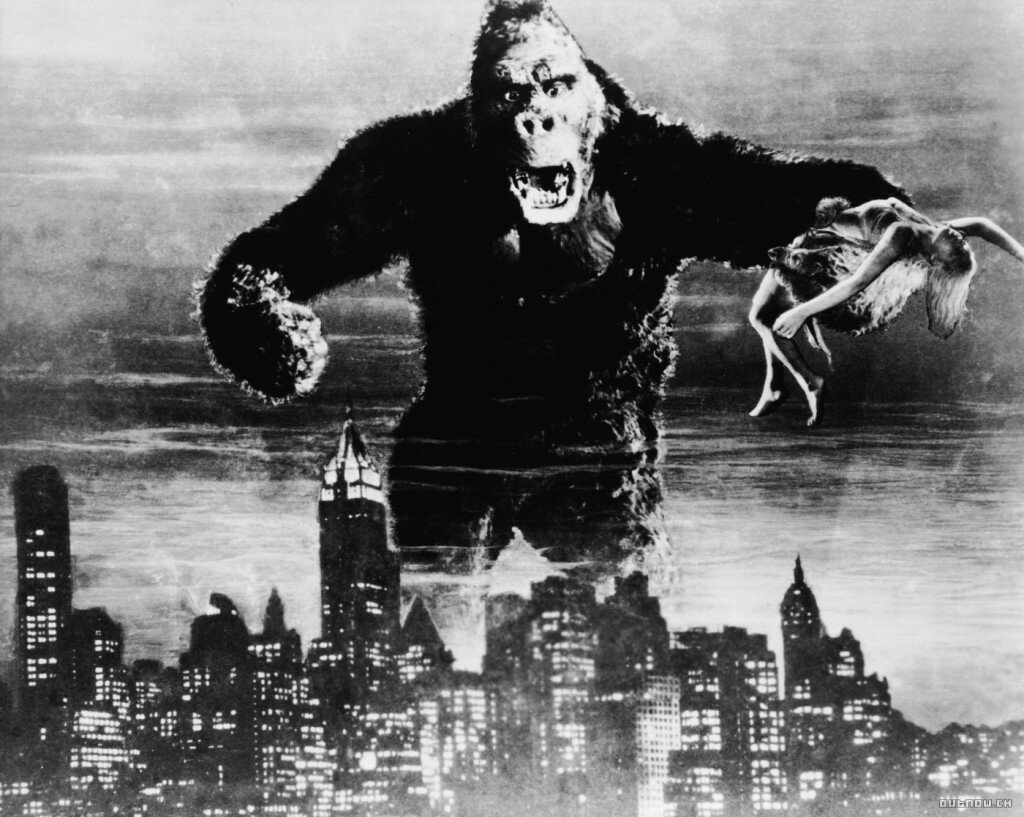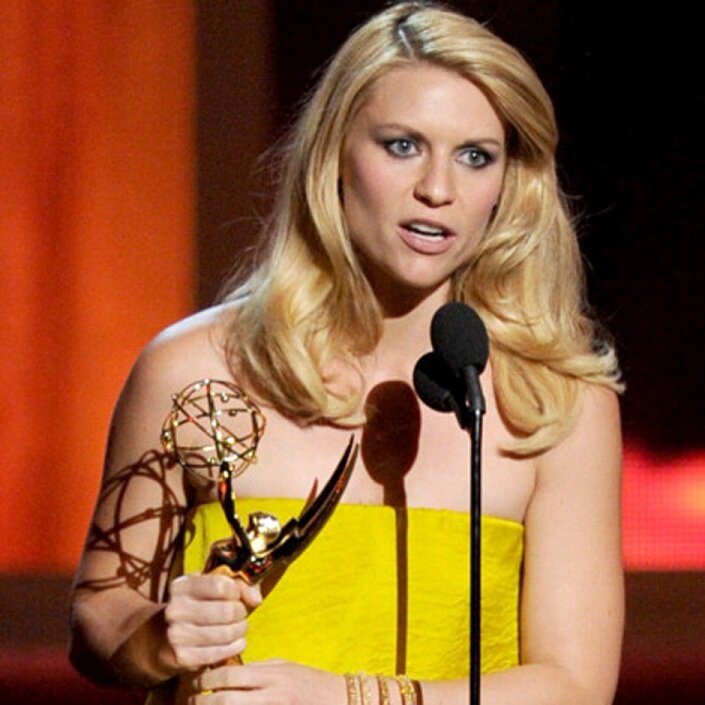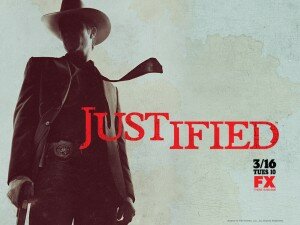Let’s run this review in reverse. Bob Dylan’s latest album, ‘Tempest’, is not a masterpiece. Worse than that, although it unquestionably offers much to enjoy, admire, and even celebrate, its flaws are sufficiently serious to disqualify it from any claims to greatness. In fact, if we were still inhabiting the olden days of vinyl, we’d be saying that this is an ill-balanced ‘record’ of two halves, with ‘side one’ of the album being by far the strongest. Overall, this is a very good set of songs, with some frustratingly grievous shortcomings. It’s not quite as good as the very best of his late period work, but it is, overall, a lot better than his last couple of studio albums. It’s lyrically rich, if musically uninspiring, and its best tracks should stand the test of time as well as anything he’s done since, say, 1990.
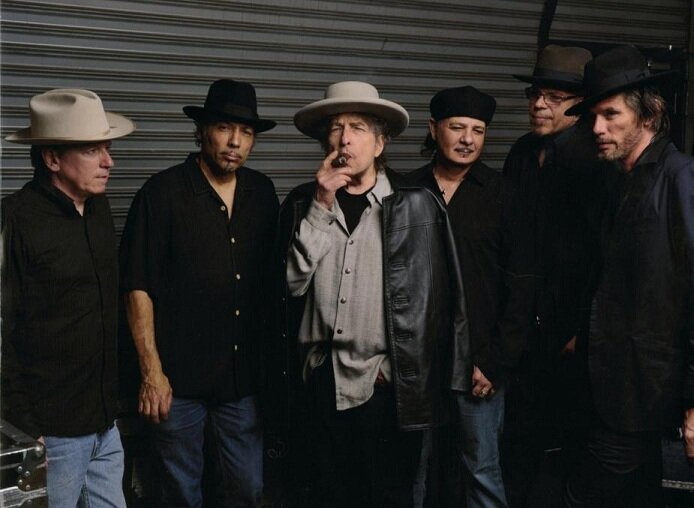
Given the hype that comes as standard these days with any Dylan release, and the hopes of the faithful that the Great Man may yet produce one more all-time classic – before the mortality that’s been a key lyrical theme of his late period finally claims him, sealing up the living discography and bringing the never-ending tour to a halt – this assessment might seem disappointingly bleak. That would be a false impression, however: for one thing, Dylan’s greatness is such that even his mediocre works tower forbiddingly over the best of the rest of contemporary popular music; more importantly, perhaps the most apposite way of summing up this album’s place in the canon would be to say that it lays a much better claim to an affinity with ‘Time Out of Mind’ and ‘Love & Theft’ than Dylan’s wildly overrated 2006 album, ‘Modern Times’, which is often cited as part three in a glorious ‘comeback’ trilogy.
Timing is everything. After the underrated and misunderstood ‘Under the Red Sky’ album in 1990, Dylan didn’t release another set of original material until ‘Time Out of Mind’ in 1997, meaning he basically spent the 1990s in a critical blackout. During those years, and contrary to received wisdom at the time, he gave some of his best post-60s concert performances, and released two albums of folk and blues covers (‘Good as I Been to You ‘ and ‘World Gone Wrong’) that garnered little fanfare but which, were they issued today, would be hailed as masterpieces. ‘Modern Times’, on the other hand, was released during the full flush of what we might call Bob Dylan’s ‘second critical honeymoon’, a period when mainstream critics, still reeling from the revelation – brought about by ‘Time Out of Mind’ – that Dylan had never been the has-been they’d long taken him for, had become swooningly incapable of discerning any gradations of greatness in Dylan’s works.
That Dylan followed his 1997 return from the wilderness with 2001′s exuberant, multifaceted ‘Love & Theft’ – an album whose relative merits, vis-à-vis its predecessor, critics and fans are still debating today – only served to seal his newfound critical sanctification. Thus ‘Modern Times’, an album that contained a few decent tracks but which generally wallowed in bloated, blues-by-numbers monotony, was declared to be a classic. ‘Together Through Life’, released to an unsuspecting world in 2009, doubtless benefited from both this blind critical fervour, and the fact that its lightness and relative brevity were a blessed relief after the turgidity of ‘Modern Times’; nevertheless, that album was an eminently disposable work which really ought to have seen the light in partial form only, its few worthwhile tracks maybe surfacing on a future ‘Bootleg Series’ release. Thus ‘Tempest’, Dylan’s 35th studio album, presents itself as the rightful heir to Dylan’s last truly great set of songs, ‘Love & Theft’.
Again, let’s not pussy-foot around. ‘Tempest’ can’t compete with, or in truth even be seriously compared to, ‘Love & Theft’. At this stage, it seems highly unlikely that Dylan (or anyone else, for that matter) will ever conjure anything nearly so sustainedly brilliant again. That said, the best tracks on ‘Tempest’ could sit unashamedly alongside those from ‘Love & Theft’ or ‘Time Out of Mind’. Indeed, if you were aiming to assemble some sort of ten track ‘best of’ compilation, documenting Dylan’s ‘Critical Renaissance Period’ in chronological release date order, you might – depending on taste – start your list with something along the lines of:
1. Standing in the Doorway
2. Tryin’ to Get to Heaven
3. Not Dark Yet
4. Things Have Changed
5. Mississippi
6. Floater (Too Much to Ask)
7. Po’ Boy
8. Red River Shore
So, having used up 8 out of 10 tracks – mixing three parts ‘Time Out of Mind’, to one part Oscar-winning single, three parts ‘Love & Theft’, no parts ‘Modern Times’, one part ‘Bootleg Series Volume 8 (Tell Tale Signs)’, and no parts ‘Together Through Life’ – this would leave two slots spare for ‘Tempest’. How to fill them?
Selecting the new album’s best tracks means first discarding those which most acutely exemplify the album’s more serious faults. These could best be summarised by lamenting the fact that Dylan has stuck so rigidly to a now wearily familiar musical template. His favoured mode, many have noted, remains a slow, listless shuffle; combine this with a tendency to let songs ramble on for ages, and you have a recipe for irresistibly attracting the listener’s finger to the ‘Skip’ button. Equally vexing is Dylan’s continued reliance on stale, reheated blues riffs; plus his seeming refusal to let his band – fiercely skilled musicians, all – deviate from such a stagnant pool of musical ideas.
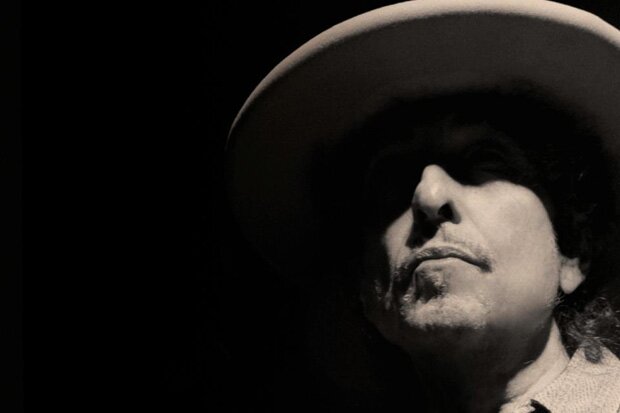
Of course, selecting the new album’s best tracks also means making judgements that we know may be precipitant, since almost every Dylan album is a ‘grower’, whose full measure can never be taken at first, second, or even twentieth listen. A Dylan album must be lived with over a period of time, before it eventually settles into its rightful position in the listener’s affections. Perhaps ‘settled’ is not the right word, as over time Dylan’s albums, and the songs they contain, tend to wax and wane in both the critical consensus, and in the individual fan’s affections. First impressions are, therefore, more unreliable than usual, in Dylan’s case.
That said, a number of tracks here are so indelibly scarred by the failings mentioned above, recalling the worst, most redundant excesses of ‘Modern Times’, that they automatically exclude themselves from our putative compilation. ‘Early Roman Kings’, despite playing host to some interesting lyrics, has a central riff so insistently annoying that listening to the song’s full five minutes becomes a purgatorial experience. Other tracks just about manage to survive the imposition of dourly repetitive riffing, their positive qualities tipping the balance away from dreariness, towards lasting value. Even some of these, such as such as ‘Narrow Way’, at seven and a half minutes, could have done with some trimming.
Continue reading →
